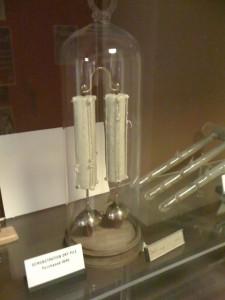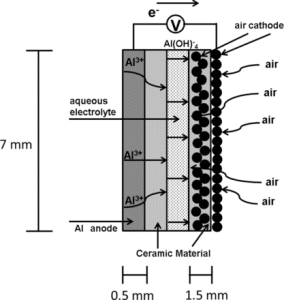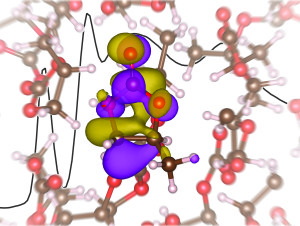New technology developed by researchers at the University of Michigan has been designed with the intention of preventing fires caused by lithium-ion battery malfunctions.
Researchers are making this possible by creating an advanced barrier between the electrodes in the lithium-ion battery. The barrier is made with nanofibers extracted from Kevlar – the material known for its use in bulletproof vests. The Kevlar nanofibers stifle the growth of metal tendrils that can become unwanted pathways for electrical current.
“Unlike other ultra strong material such as carbon nanotubes, Kevlar is an insulator,” said Nicholas Kotov, the Joseph B. and Florence V. Cejka Professor of Engineering. “This property is perfect for separators that need to prevent shorting between two electrodes.”
Short-circuiting happens in these batteries when holes in the membranes are too big and dendrites poke through to the membrane. They create a path for electrons within the battery, shorting it out.






